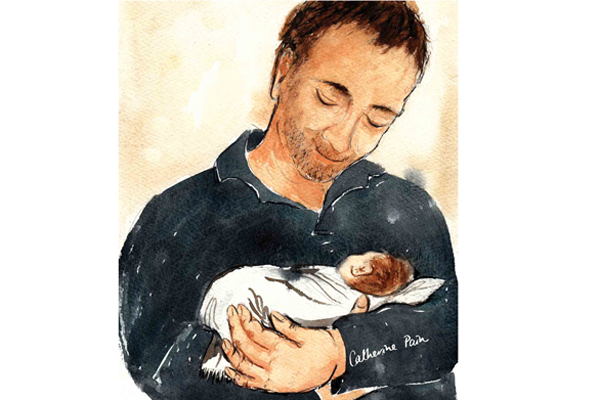The poet George Mackay Brown imagined stories from the Gospel played out all around him in Orkney, and his home town of Stromness seemed a place where a child might not be surprised to meet angels, shepherds and kings on a winter night
At the stroke of 12 on 24 December the organ will strike up in the little Catholic church of Our Lady and St Joseph in the Orkney capital, Kirkwall, and Fr Peter Kelly will begin his Midnight Mass. His may be one of the smallest congregations in the UK: around 70 most Sundays. Almost all of these are incomers; since the Reformation, very few native Orcadians have been drawn to Catholicism. So how can it be that, for many Catholics visiting Orkney, this haunting archipelago, once part of the Arctic Mission, offers a sense of welcome and belonging?
In the summer of 2017, the steps of the twelfth-century cathedral of St Magnus were splashed red as all the Catholic Bishops of Scotland, the Bishop of Oslo, the Bishop of Copenhagen and an auxiliary Bishop of Westminster gathered to mark the 900th anniversary of Orkney’s patron saint, Magnus, martyred by axe-stroke in 1117 to bring peace to the islands. In his sermon in the cathedral, Hugh Gilbert, Bishop of Aberdeen, said that Magnus’s magnanimous act had been “a Christ-like flash of spirit in a dark world – and the light still burns”.
For Gilbert, Magnus, along with the seascape, the landscape, and the sense of a great sweep of time, is key to understanding the spiritual magnetism of the island: “Words like ‘magic’ and ‘mystic’, banal as they are, do come to mind experiencing Orkney – even if not necessarily on a cold dark December afternoon. Why should it be so? It has to do with the sky, the sea, the land, the people and the ways they interact. It has to do with the Ring and the Ness of Brodgar, Skara Brae, Maeshowe. It has to do with crafts, music, poetry. It even has to do with the upturned hulks of Scapa Flow. But as a bishop blessed to have this archipelago in his diocese, I’ve come to sense how much it also has to do with St Magnus and with his Cathedral. The former is more than his bones and the latter more than its stones. They are living presences and influences. Is the indefinable Orcadian extra, perhaps, time being no longer a tyrant but open to eternities?”



